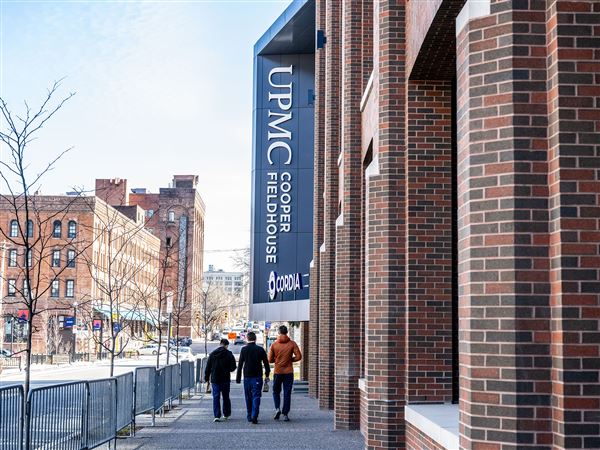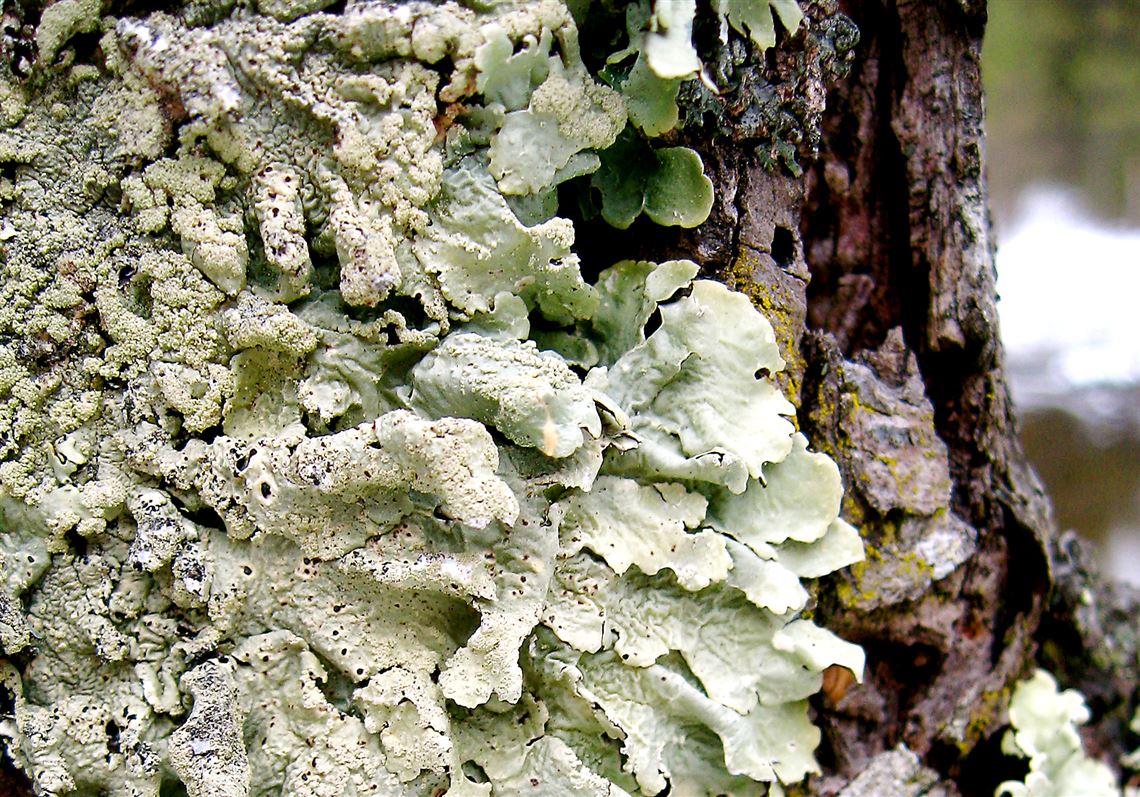What’s that growing on my tree trunk? Is it harming my tree? Don’t panic. Chances are it is a lichen.
Since 1867, scientists have recognized that lichens are symbiotically associated with fungi and protists (blue-green algae.) The fungus provides a physical structure and offers it protection from the environment. The algae, which is slimy and has no structure, provides the food through photosynthesis. It converts energy from the sun and carbon dioxide into sugars. The carbohydrates in this food help produce new growth, called the thallus, which looks different than the two hosts.
In 2016, scientists at Purdue University uncovered a third partner, yeast. Yeast enables the lichen to produce acid that helps defend it against invasion from other microbes.
Lichens are found on every continent, in every climate and altitude. They only require an undisturbed surface, time and clean air. Lichens are very sensitive to air pollution. They are rarely found in urban areas. Finding lichen in your garden means that your environment is clean enough to support them. A good thing!
Lichens grow on any undisturbed surface — bark, wood, moss, rock, soil, peat, glass, metal, plastic and even cloth. Different types of lichens have their favorite places to grow. For instance, a lichen that grows on bark will rarely be found on stone. Lichens can absorb water through any part of their thalli and have no need of roots.
Lichens do not damage plants or rob the bark of moisture. They are not parasites on living tissue and there is no association with pathogens entering plants and causing disease.
With more than 3,600 species in North America, lichens are beautiful, diverse and ecologically important. They help the environment by reestablishing life on rock and undisturbed sites. As lichens colonize, they trap dust, which plays a role in soil formation.
They contribute to the nitrogen cycle by converting nitrogen in the air into nitrates that help in their growth and development. Their ability to fix atmospheric nitrogen is beneficial to other plants as well. Rain leaches nitrogen from both living and dead lichens and makes it available to plants in the immediate area. When lichens die, they contribute to decayed organic matter, which enables mosses and seeds to grow in pockets of new soil.
Although lichens are not especially tasty (a few are poisonous), they have been used as food in numerous cultures and also as medicine and dyes. Animals use them for food, too; they are the basic sustenance of caribou. And 50 species of birds use fruticose lichens as their preferred nesting material.
Lichens come in various sizes and colors. They can be green smudges on a rock, orange, yellow or white patches the size of your palm, or draping gossamer. They are not a moss. Reindeer moss is actually a lichen.
There are three main body types — foliose, fruticose and crustose. Foliose lichens are leaflike with flattened, lobed thallus. They are most commonly found growing on tree trunks. Fruticose lichens have visible fruiting bodies. Crustose lichens form a crust over their host; some are brightly colored.
Lichens do no damage to trees and should not be removed. But they should be removed from garden statues or sculptures because they can penetrate and damage the stone. Scraping does not remove the entire thallus, so use sprays containing copper salts to control lichen growth.
Dianne Machesney is a Penn State Master Gardener. This volunteer program supports the outreach mission of Penn State Extension and provides research-based information on best practices in sustainable horticulture and environmental stewardship. Information: alleghenymg@psu.edu or 412-482-3476.
First Published: December 20, 2019, 1:00 p.m.

















